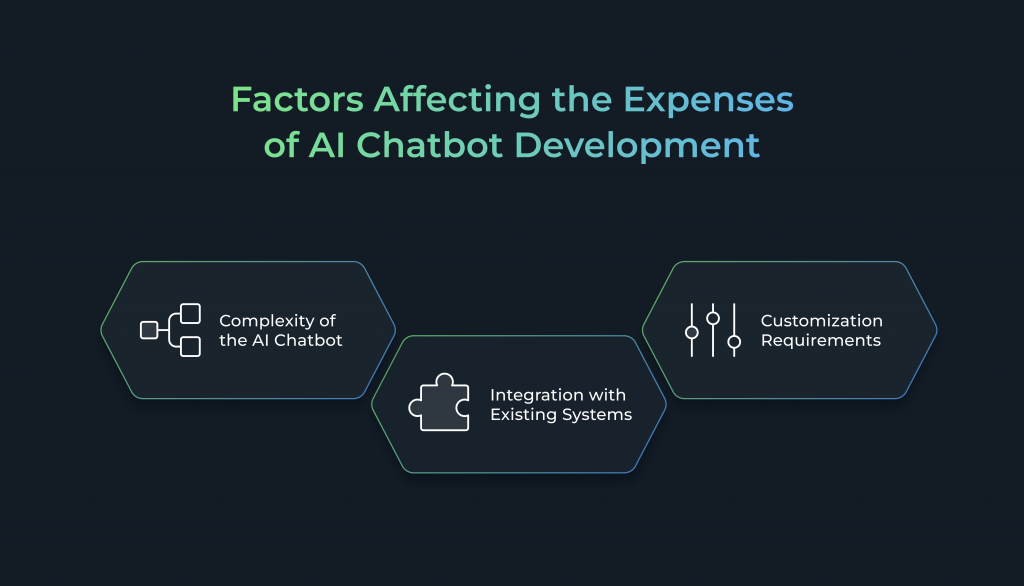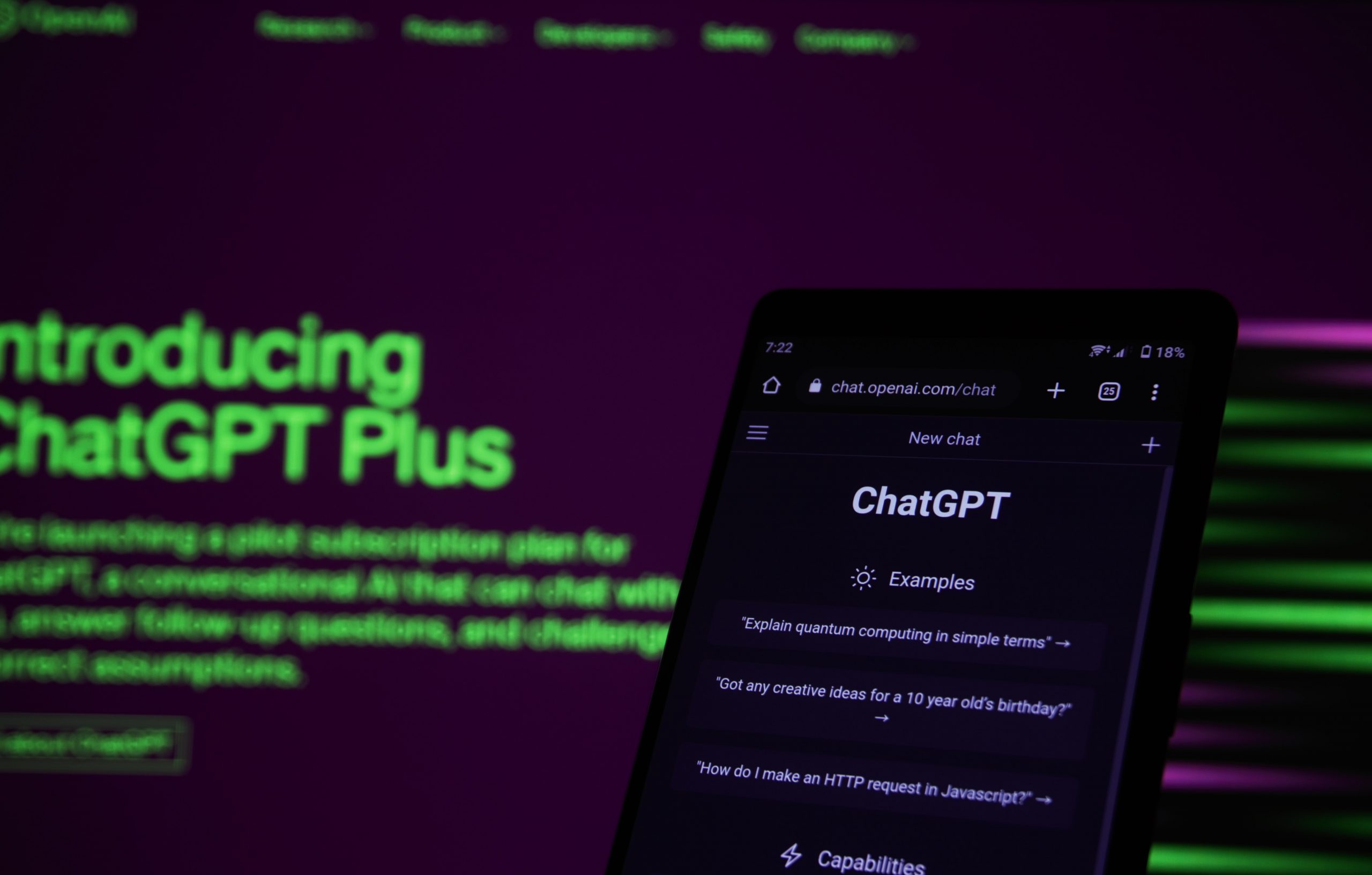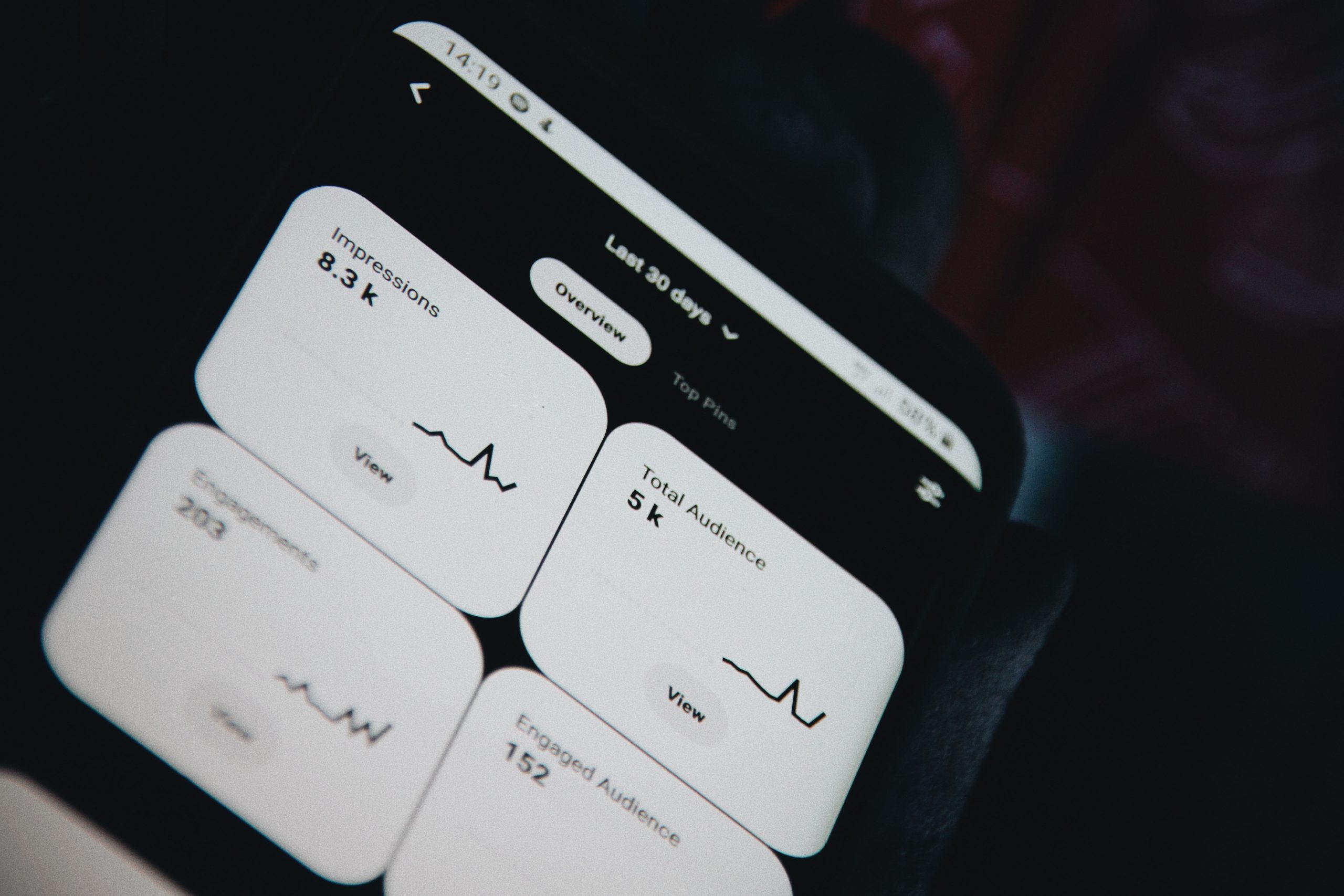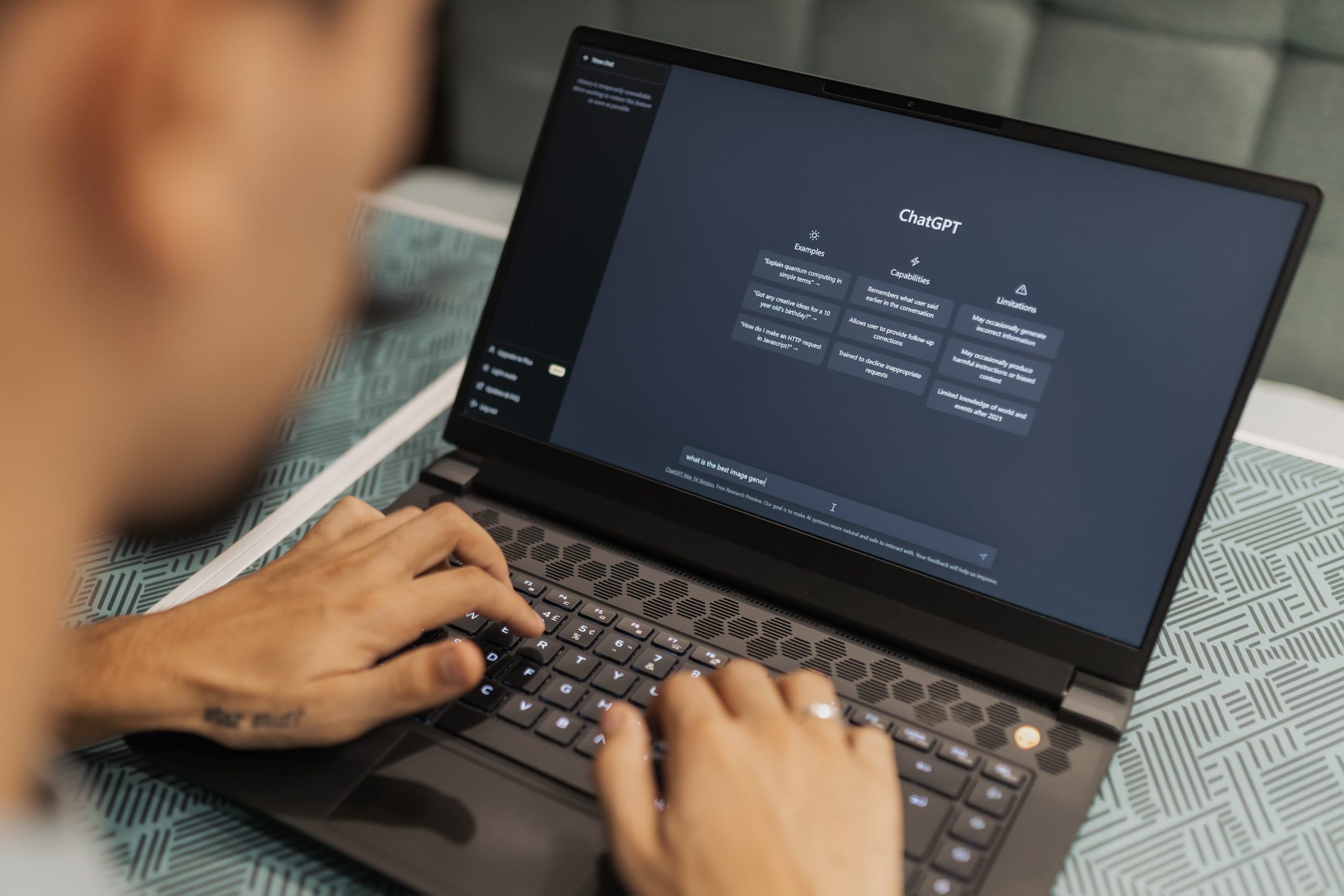We at Wesoftyou understand the increasing demand for AI chatbots in today’s digital age. These innovative tools have revolutionized the way businesses interact with their customers. However, many organizations are hesitant to invest in AI chatbot development due to concerns about the cost involved. In this article, we will break down the factors influencing the cost of AI chatbot development, provide a breakdown of the costs involved, and discuss the importance of maintenance and upgradation. We will also share some insights on choosing the right AI chatbot development company.
Understanding the Basics of AI Chatbot Development
Before diving into the cost factors, it is essential to understand what an AI chatbot is and its significance in today’s digital landscape.
An AI chatbot is a computer program that uses artificial intelligence to simulate human-like conversations with users. It leverages natural language processing (NLP) algorithms to understand the user’s queries and provide relevant responses. AI chatbots can be integrated into various platforms, such as websites, messaging apps, and voice assistants.
AI chatbots have revolutionized the way businesses interact with their customers. Gone are the days of waiting on hold for hours or waiting for an email response. With AI chatbots, businesses can provide round-the-clock customer support, ensuring that users’ queries are addressed promptly and efficiently.
But AI chatbots are not just limited to customer support. They have also become an integral part of businesses’ digital strategies for several reasons. One of the key benefits of AI chatbots is their ability to enhance user experience. By providing instant responses and personalized recommendations, AI chatbots can create a seamless and personalized user journey.
Moreover, AI chatbots can handle multiple conversations simultaneously, reducing the need for human intervention and improving efficiency. This means that businesses can save time and resources by automating repetitive tasks and focusing on more complex and strategic activities.
Another significant advantage of AI chatbots is their ability to collect valuable user data. Every interaction with an AI chatbot provides businesses with insights into user preferences, pain points, and behavior patterns. This data can be utilized to improve products and services, tailor marketing campaigns, and make data-driven business decisions.
In conclusion, AI chatbots have become an indispensable tool for businesses in today’s digital age. They offer round-the-clock customer support, enhance user experience, and provide valuable user data for business insights and targeted marketing campaigns. By leveraging artificial intelligence and natural language processing, AI chatbots have revolutionized the way businesses interact with their customers, making it more efficient, personalized, and seamless.
Factors Influencing the Cost of AI Chatbot Development

The cost of developing an AI chatbot can vary significantly based on several factors. Let’s explore some of the key elements that impact the overall cost:
Complexity of the AI Chatbot
Developing a simple rule-based chatbot is relatively cost-effective. However, creating a complex AI chatbot with advanced machine learning capabilities requires additional resources and expertise. The more complex the chatbot’s functionality and capabilities, the higher the development cost.
For example, a rule-based chatbot can be programmed to respond to specific keywords or phrases, providing predefined answers. On the other hand, a machine learning-based chatbot can learn from user interactions and improve its responses over time. This requires training the chatbot with large datasets and implementing sophisticated algorithms, which can significantly increase the development cost.
Furthermore, the complexity of the chatbot’s natural language processing (NLP) capabilities also affects the cost. NLP allows the chatbot to understand and interpret user inputs, enabling more advanced conversations. Implementing advanced NLP techniques, such as sentiment analysis or entity recognition, requires additional development effort and expertise.
Integration with Existing Systems
If you already have an existing system or infrastructure in place, integrating the AI chatbot with it may require additional development effort. The cost will depend on the complexity and compatibility of the existing systems.
For instance, if you want the chatbot to retrieve information from a customer relationship management (CRM) system or an e-commerce platform, integrating the chatbot with these systems may involve developing custom APIs or connectors. This integration work can increase the development cost, especially if the existing systems have complex data structures or security requirements.
Additionally, ensuring seamless integration with other communication channels, such as websites, mobile apps, or social media platforms, can also impact the development cost. The chatbot may need to be designed and developed to work across multiple platforms, requiring additional development effort and testing.
Customization Requirements
Customizing the AI chatbot’s features, user interface, and conversational flow to align with your business requirements can increase the development cost. However, customization allows you to deliver a more personalized and tailored user experience.
For example, if you want the chatbot to have a specific personality or brand voice, it may require developing custom dialogue scripts and training the chatbot accordingly. This customization process can involve working closely with UX/UI designers and content creators, which adds to the development cost.
Furthermore, if you have specific business logic or workflows that need to be incorporated into the chatbot, additional development effort will be required. This could include integrating with external systems, implementing complex decision-making algorithms, or designing interactive forms for collecting user information.
Moreover, if you plan to support multiple languages or target different regions, the chatbot may need to be localized and adapted to different cultural contexts. This localization work can increase the development cost, as it involves translating and adapting the chatbot’s content and responses.
By considering these factors, you can better understand the various elements that contribute to the cost of AI chatbot development. It’s important to carefully evaluate your requirements and budget to ensure a successful and cost-effective chatbot implementation.
Breakdown of AI Chatbot Development Costs
Now that we have discussed the factors influencing the cost, let’s delve into the breakdown of the costs involved in developing an AI chatbot.
Developing an AI chatbot involves various stages, each with its own set of costs. Let’s explore these stages in more detail:
Design and User Experience Costs
Creating an intuitive and visually appealing user interface (UI) for the chatbot requires skilled designers. The cost of UI design can vary depending on the complexity of the desired interface and the number of design iterations required. Designers work closely with the development team to ensure that the chatbot’s UI aligns with the brand’s identity and provides a seamless user experience.
Furthermore, ensuring a seamless user experience (UX) involves thorough testing and optimization. UX designers conduct user research, create wireframes, and design interactive prototypes to refine the chatbot’s flow and interactions. This iterative process helps in identifying and addressing any usability issues, resulting in an enhanced user experience.
Development and Programming Costs
Developing the core functionality of the chatbot involves coding and programming. The cost will depend on the complexity of the chatbot’s features, the programming languages and frameworks used, and the development team’s expertise. From our experience, the development stage often comprises the majority of the overall project cost.
During the development stage, the development team works on implementing the chatbot’s features and integrating it with the necessary APIs and databases. They ensure that the chatbot can understand user inputs, process them, and generate appropriate responses. Additionally, the team may also incorporate natural language processing (NLP) algorithms to improve the chatbot’s ability to understand and respond to user queries.
Testing and Deployment Costs
Thorough testing of the chatbot’s functionality, performance, and security is crucial for a successful deployment. This involves conducting various test scenarios and ensuring the chatbot functions flawlessly across multiple platforms. The testing phase helps in identifying and fixing any bugs or issues that may arise.
Additionally, deploying the chatbot on different channels or platforms may incur additional costs. For example, if the chatbot needs to be integrated into a website, there may be costs associated with hosting and domain registration. Similarly, if the chatbot is intended for mobile devices, there may be costs related to publishing it on app stores.
Furthermore, ongoing maintenance and updates should be considered as part of the overall cost. As technology evolves and user needs change, regular updates and improvements are necessary to keep the chatbot relevant and effective.
By understanding the breakdown of AI chatbot development costs, you can better plan and allocate resources for your project. It’s important to work closely with a knowledgeable development team to accurately estimate and manage these costs throughout the development process.
Maintenance and Upgradation Costs for AI Chatbots
Developing an AI chatbot doesn’t end with deployment. Continuous maintenance and upgradation are essential to keep your chatbot functioning optimally and meeting evolving user expectations. Let’s explore the maintenance and upgradation costs.
When it comes to maintaining and upgrading an AI chatbot, there are several factors to consider. One of the key aspects is regular updates and improvements. As technology advances and user expectations change, it’s crucial to keep your chatbot up to date. This involves updating the chatbot’s knowledge base, improving its natural language processing capabilities, and incorporating new features. The cost of these updates and improvements will depend on the frequency and complexity of the changes.
Another important aspect of maintenance and upgradation is handling user queries and troubleshooting. Even the most advanced AI chatbots can encounter issues or bugs that need to be resolved. Efficiently handling user queries and providing timely support is essential for a positive user experience. This may involve training customer service representatives or AI trainers to handle specific queries or technical issues. The cost of this support will depend on the level of assistance required and the size of the user base.
In addition to regular updates and user support, it’s also important to consider the cost of monitoring and analyzing the chatbot’s performance. Monitoring allows you to identify any issues or bottlenecks in the chatbot’s functionality and make necessary adjustments. Analyzing user interactions and feedback can provide valuable insights for further improvements. These monitoring and analysis activities may require dedicated resources and tools, which can contribute to the overall maintenance and upgradation costs.
Furthermore, as your chatbot gains popularity and attracts a larger user base, scalability becomes a crucial factor. Scaling up the infrastructure to handle increased traffic and usage can incur additional costs. This may involve upgrading servers, increasing bandwidth, or implementing load balancing mechanisms to ensure smooth operation even during peak times.
It’s worth noting that the maintenance and upgradation costs for AI chatbots can vary significantly depending on the complexity and scope of your chatbot, as well as your specific business requirements. It’s important to carefully assess your needs and budget accordingly to ensure the continued success and effectiveness of your AI chatbot.
Choosing the Right AI Chatbot Development Company
When investing in AI chatbot development, choosing the right development company is crucial for a successful project. Here are some key factors to consider:
Developing an AI chatbot requires careful consideration and evaluation of various aspects. It is essential to choose a development company that aligns with your business goals and can deliver a high-quality solution. Let’s delve deeper into some important factors to keep in mind when selecting an AI chatbot development company.
Evaluating Expertise and Experience
One of the first things to consider is the expertise and experience of the development company. It is crucial to ensure that they have a proven track record in developing AI chatbots. Look for case studies or testimonials showcasing their expertise in this field. A company with experience in your industry can better understand your business requirements and deliver a tailored solution.
Furthermore, it is beneficial to assess the technical skills of the development team. A strong team with diverse expertise in natural language processing, machine learning, and software development can create a robust and intelligent chatbot.
Comparing Pricing Models
Discussing pricing models with potential development companies is essential to understand how they structure their costs. It is important to have clarity on what is included in the proposed cost and any additional charges for maintenance or support. Some companies may offer fixed pricing, while others may have flexible pricing models based on the complexity of the chatbot.
Consider the value for money when comparing pricing models. It is not always about choosing the cheapest option but finding a balance between cost and quality. Remember that investing in a high-quality chatbot can yield significant returns in terms of customer satisfaction and operational efficiency.
Understanding Post-Development Support
Find out about the post-development support offered by the development company. Timely updates, bug fixes, and troubleshooting are critical for ensuring the long-term success of your AI chatbot. A reliable development company should provide ongoing support to address any issues that may arise after the deployment of the chatbot.
Additionally, inquire about the scalability of the chatbot. As your business grows, you may need to expand the capabilities of the chatbot or integrate it with other systems. Ensure that the development company can accommodate future enhancements and provide seamless integration with your existing infrastructure.
Moreover, consider the availability of training and documentation. A well-documented chatbot with user-friendly training materials can empower your team to make the most out of the AI technology.
Choosing the right AI chatbot development company is a crucial decision that can significantly impact the success of your project. By evaluating expertise and experience, comparing pricing models, and understanding post-development support, you can make an informed choice that aligns with your business goals and objectives.
Conclusion: Is Investing in AI Chatbot Worth It?
Investing in AI chatbot development can bring several benefits to your business, including improved customer experience, increased efficiency, and valuable data insights. However, the cost of developing and maintaining an AI chatbot should be carefully considered. By understanding the factors influencing the cost, you can make an informed decision. We at Wesoftyou have extensive experience in software development and can help you navigate the complexities of AI chatbot development. Contact us today for a free consultation or project estimation!
FAQ
Thank you for your interest in AI chatbots! We understand that you may have some questions, and we’re here to provide you with all the information you need. Below are some frequently asked questions about AI chatbot development:
The development time for an AI chatbot can vary based on its complexity and customization requirements. It typically takes several weeks to a few months to develop a fully functional chatbot. The process involves various stages, including planning, designing conversational flows, training the AI model, and testing the chatbot’s performance. Our team of experienced developers will work closely with you to ensure that your chatbot meets your specific needs and is delivered within the agreed timeline.
Yes, an AI chatbot can be integrated with existing systems such as customer relationship management (CRM) software, e-commerce platforms, and knowledge bases. Integration allows for seamless interaction between the chatbot and other systems, enabling it to access relevant data and provide personalized responses to users. Our developers have expertise in integrating chatbots with various systems, ensuring a smooth and efficient user experience.
Regular updates are essential to keep an AI chatbot relevant and effective. The frequency of updates will depend on the rate of change in your industry, user feedback, and new technologies. As your business evolves and user expectations change, it’s important to adapt your chatbot to meet those needs. Our team will provide ongoing support and maintenance to ensure that your chatbot remains up-to-date and continues to deliver exceptional user experiences.
At WeSoftYou, we are passionate about creating innovative AI chatbot solutions that help businesses streamline their operations and enhance customer engagement. Our team of experts is ready to assist you in developing a customized chatbot that meets your specific requirements.
For a free consultation or project estimation, please contact us at [email protected]m! We look forward to hearing from you and discussing how we can bring your chatbot vision to life.





















